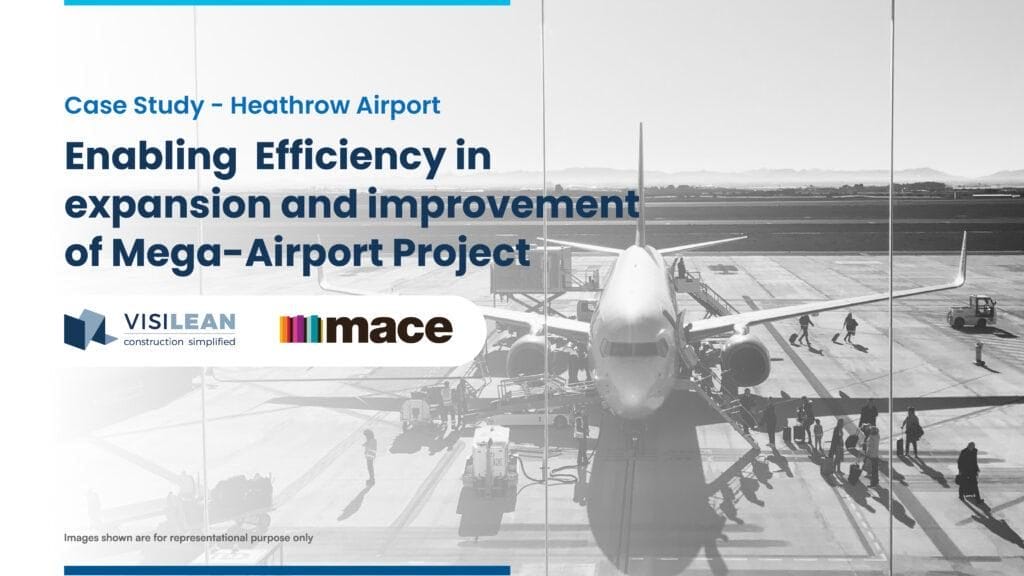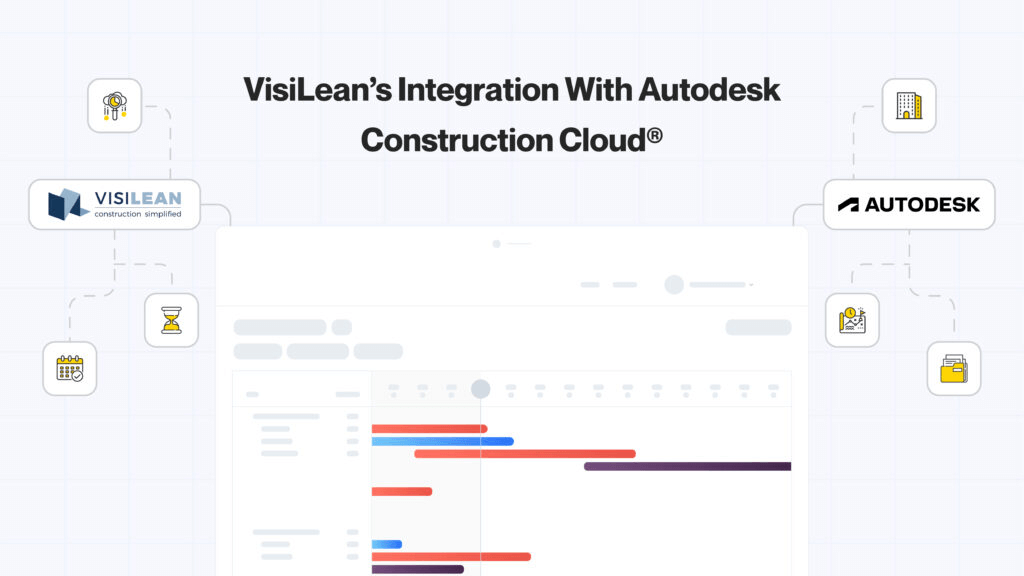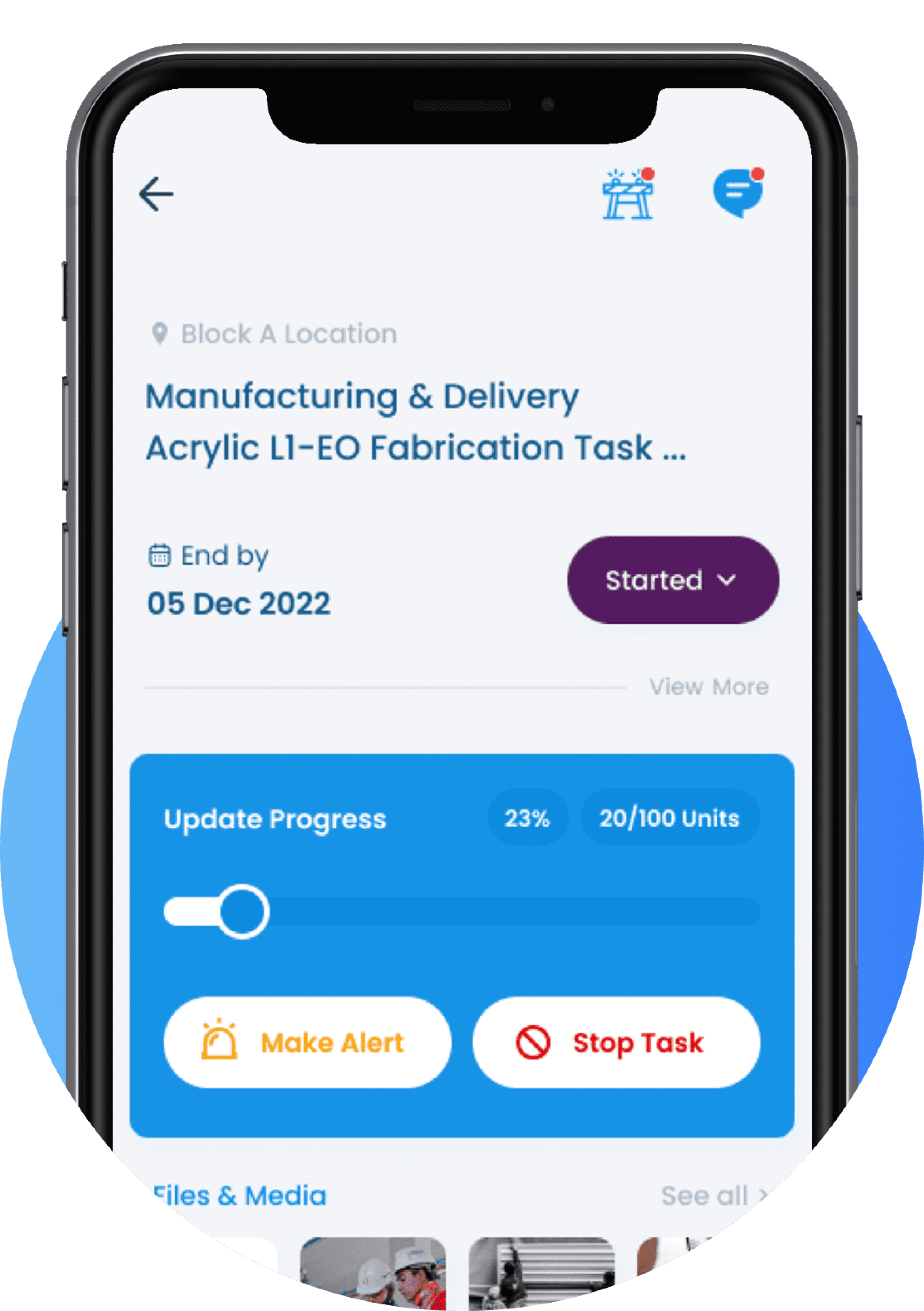With passenger traffic set to double by 2035, the pressure on airports and their associated infrastructure to be future-ready are mounting. As airports become more like small cities, masterplans must accommodate passenger growth not only by adding terminal space but also by adding additional infrastructure. So, you can imagine the magnitude of this project when we say that Heathrow is one of the World’s busiest international airports. The ‘Hub of the Civil Aviation World’, Heathrow handles over 80 million passengers annually.
Case Overview
To maximise airline revenues and airport reputation, one needs to understand and minimize any disruptions, delays or negative impacts on the passenger experience. It’s a careful balancing act. For this, Mace, one of the leading contractors in the UK, is appointed to provide consultancy, logistics and contracting services to deliver the various projects across Heathrow Airport. Watch the following video to get an idea of the magnitude of the work that was done.
As part of Heathrow’s expansion, VisiLean has been deployed by Mace across the airport to help drive their PPCS (Production Planning and Control System) process towards efficient, safe, and timely delivery of these projects. These projects range from improved Cargo Management and Security Upgrades to introducing new Air-bridges and Balcony areas within Terminals T1, T3, and T5.

But how does one avoid interrupting the 24/7 operation of an airport like Heathrow while expanding the infrastructure? This brings us to the major challenges and how deploying VisiLean helped with the solution.
The challenges
It is needless to point out the fact that the work at Heathrow was a very demanding project where every minute mattered. The planning process involved extensive aviation safety considerations. The project also called for a high-level complexity and extensive collaboration with the supply chain. The main challenges that Mace faced were:
- The labour-intensive manual process leading to poor coordination
- Limited collaboration between the Mace team and suppliers
- Multiple tools creating non-value-adding work for the project team
- 20 hours spent per week on planning and review process
This posed a huge issue for Mace and they deployed VisiLean on the project. VisiLean provided a common platform for the supply chain, and this was proved with success in the first pilot- rolled out from 2-14 projects in 6 months. The VisiLean team worked closely with the team on the ground to define and align processes with tools. We also set up a standard process across different projects, and this was easy to adapt to the subcontractors too.
The Planning
VisiLean is the single source of truth combining the master P6® plan with the production-level plans from the suppliers. As a part of the lookahead planning process, the team mapped 20+ constraints – approvals, design, RAMs, manpower, etc, every week to make their work ready.

The Execution
Real-time progress updates from the suppliers massively reduced manual errors, and variability and increased the flow of valuable information for the teams to take the right decisions. The teams reviewed the exact status of the work on the live 4D BIM models.

The Monitoring & Control
As a part of the Mace-PPCS process, the team measured the performance of the suppliers by constantly reviewing the constraints, weekly work plans, and progress updates and captured the reasons for variances in project improvement. One of the important metrics used by the team for continuous improvement was the Percent Plan Complete (PPC).
With VisiLean and its capability to create custom dashboards, the team was able to review their workflows for its successes and failures, from real-time updates captured from the project site.
This resulted in an integrated project delivery with VisiLean being the single source of truth.

Proven Results
You can see the results for yourself. When VisiLean was implemented, there was improved work clarity, and zero variability. The reams of paper were eliminated. The planning process was streamlined and provided a steady flow of information. There was better project control with real-time updates. If the old process needed 20 hours to be spent on a task, it was proven that in the new process the hours were reduced to 8 hours.

Click here to download the case study.







